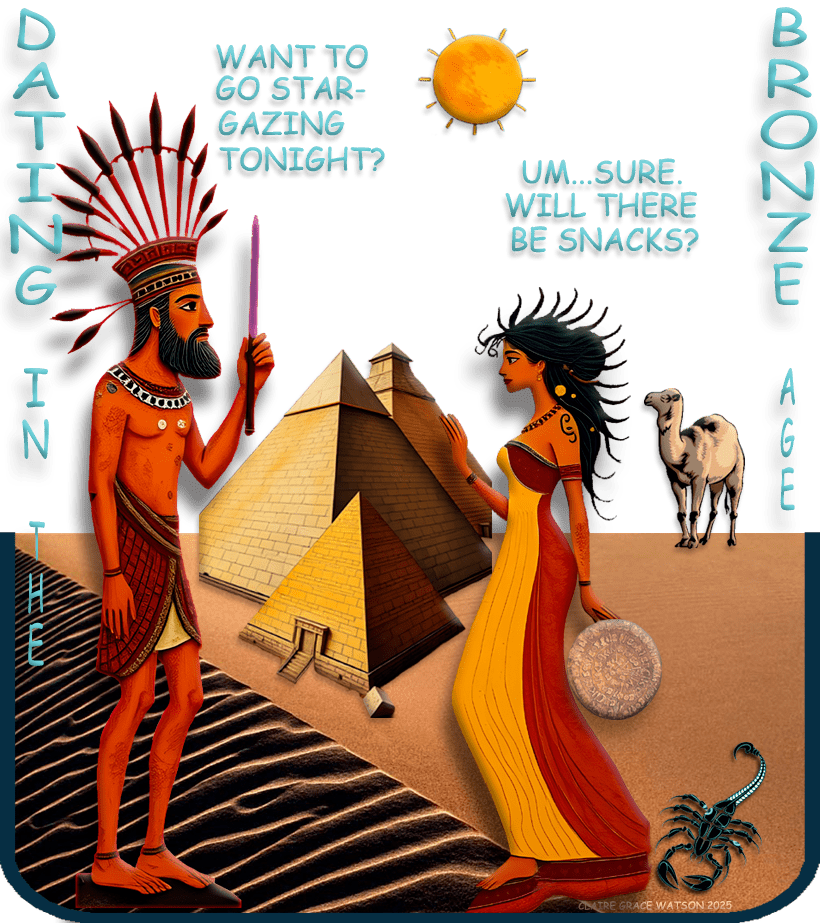
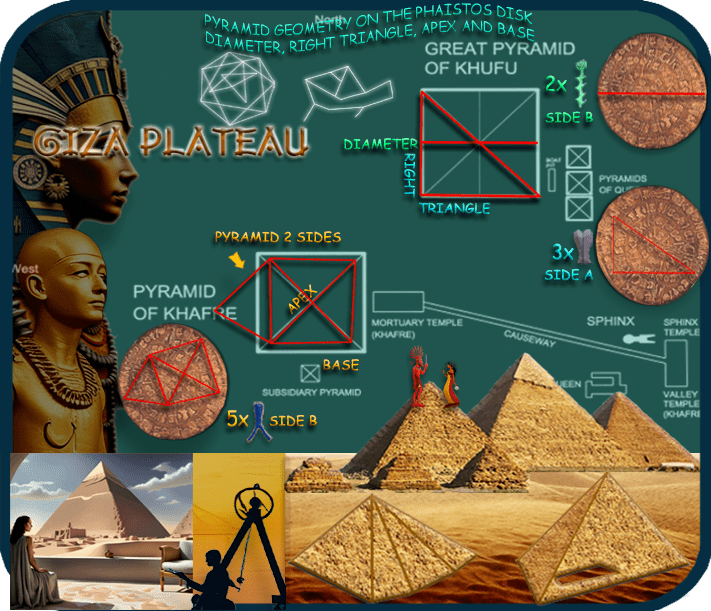 |
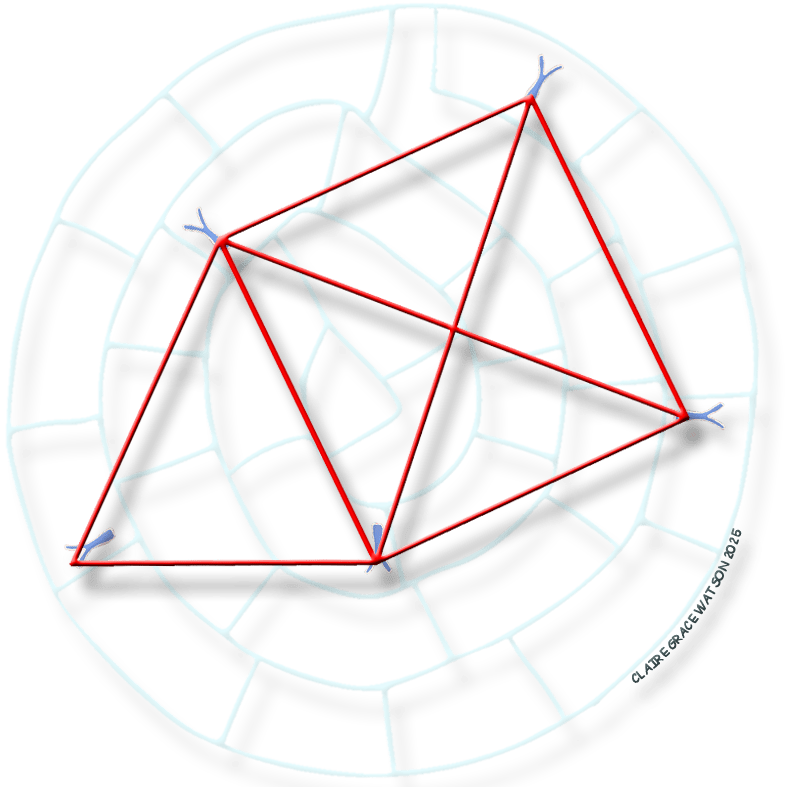
Minoan Crete is widely credited with identifying and naming our constellations. Did Minoan stargazers with primitive telescopes
The astronomers likely climbed Cheops to view the night sky from the top of the world's tallest building, which would not have
helped nearly as much as having a telescope, but it does seem to be a good idea to go up there to get closer to the stars. Is that why it was built?
It is tempting, of course, to read these pictographs like a language, but given the four major images that appear on crowded side 1
of the disk -- the perimeter, the two pyramids, and the big star -- and the others, we have to allow that the pictographs were placed in their respective places in
order to produce these hidden images/pictographs and were never a language. Linguists will eventually have to concede this, and even Sir Arthur Evans,
early on, identified the Phaistos Disk signs as pictographs rather than script.
A pictograph that made perfect sense to the Minoans and
was immediately recognizable by them might make no sense to us at all. Furthermore, while the number of constellations, 48, remains the same to this day, the Minoans
may have drawn the constellations differently or the constellations may have evolved into something quite different over time.
(Canis Major, right, revealed when the five
But no matter
how much hazardous historical television we engage upon, will we ever understand how a civilization can perceive something special about a dog
scratching its fleas? You have to go to Crete and observe their relationship with dogs to have a clue, and even then it's baffling; so many dogs roaming freely in downtown Heraklion.
The Phaistos Disk pictograph of a dog scratching fleas is compared with Minoan cylinder seals of dogs scratching fleas. Is there some special meaning about which leg the dogs use to scratch? The Phaistos Disk pictograph shows a dog scratching with its left leg but all the cylinder seals show the dog scratching with its right leg. When you walk out the front door of Heraklion airport the first thing you notice are the stray dogs lying around by the front door.
Why do they encourage it? Perhaps Cretans today intuitively perceive the dog as supplying the "living continuity" to their ancient past and their veneration of the star Sirius in Canis Major, the "Great Dog" constellation, and that explains their accommodation of so many stray dogs in downtown Heraklion.
The Minoans may have included the symbols for the constellations in much of their art and not just on the Phaistos Disk. Is this just an impossibly huge dog on a bead-seal (above, left) or could it represent the "Great Dog constellation," Canis Major and the "dog star" Sirius?
The fact of orientation links up with the fact that there early arose a close association between various gods and
the sun and various fixed stars. Whatever mass of people outside were thinking, the priests of the temples were beginning to link the movements of those
heavenly bodies with the power in the shrine. They were thinking about the gods they served and thinking new meanings into them. They were
brooding upon the mystery of the stars. It was very natural for them to suppose that these shining bodies, so irregularly distributed and
circling so solemnly and silently, must be charged with portents to mankind. This clear evidence of astronomical inquiry and of a development
of astronomical ideas is the most obvious, but only the most obvious evidence of the very considerable intellectual activities that went on
within the temple precincts in ancient times. Outside the temples the world was still a world of blankly illiterate and unspeculative human
beings, living from day to day entirely for themselves. (H.G. Wells, The Outline of History)
![]()
![]() and magnifying lens glasses
and magnifying lens glasses ![]()
![]() climb to the top of the pyramid
climb to the top of the pyramid ![]() to view the constellations?
to view the constellations?
![]()
![]()
![]() In order to view and be able to portray a perfect image of the constellation Argo on the Phaistos Disk, the disk creator, perhaps Daedalus, could have made
telescopes, and even binoculars (left), using rock crystals with optical quality for lenses. It seems logical that many of these
pictographs on the Phaistos Disk represent the stars and constellations viewed through those lenses. The Archaeological Museum in Herakleion, Crete has
many such lenses on display, several of them found in a sacred cave on Mt. Ida in Crete (3rd left), also said to be a meeting place for mysterious ceremonies, perhaps indicated by the Hoodwink that doubles for the cave entrance. In this cave, King Minos received his instructions directly from Zeus, according to mythology. Perhaps there was a secret cave
cult having to do with astronomy.
In order to view and be able to portray a perfect image of the constellation Argo on the Phaistos Disk, the disk creator, perhaps Daedalus, could have made
telescopes, and even binoculars (left), using rock crystals with optical quality for lenses. It seems logical that many of these
pictographs on the Phaistos Disk represent the stars and constellations viewed through those lenses. The Archaeological Museum in Herakleion, Crete has
many such lenses on display, several of them found in a sacred cave on Mt. Ida in Crete (3rd left), also said to be a meeting place for mysterious ceremonies, perhaps indicated by the Hoodwink that doubles for the cave entrance. In this cave, King Minos received his instructions directly from Zeus, according to mythology. Perhaps there was a secret cave
cult having to do with astronomy.

![]()
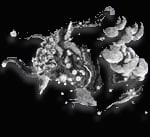 The pictographs on the disk may be the "so below"
counterpart to the "as above" constellations. The disk is only about 6.25" diameter, a little bigger than a CD, yet contains 240 pictographs (121 one side,
119 the other). To put 48 constellations on something this small would require that some of
the pictographs that represent them be "abbreviated," which would make these pictographs, already difficult to define, even more challenging.
For example, the entire constellation Taurus might be represented by the bull's foot on the disk (left) or all of
Capricorn could be represented by the horn (left).
The pictographs on the disk may be the "so below"
counterpart to the "as above" constellations. The disk is only about 6.25" diameter, a little bigger than a CD, yet contains 240 pictographs (121 one side,
119 the other). To put 48 constellations on something this small would require that some of
the pictographs that represent them be "abbreviated," which would make these pictographs, already difficult to define, even more challenging.
For example, the entire constellation Taurus might be represented by the bull's foot on the disk (left) or all of
Capricorn could be represented by the horn (left).
![]() identical Boat signs on side 2 are connected with lines.)
identical Boat signs on side 2 are connected with lines.) 
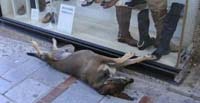
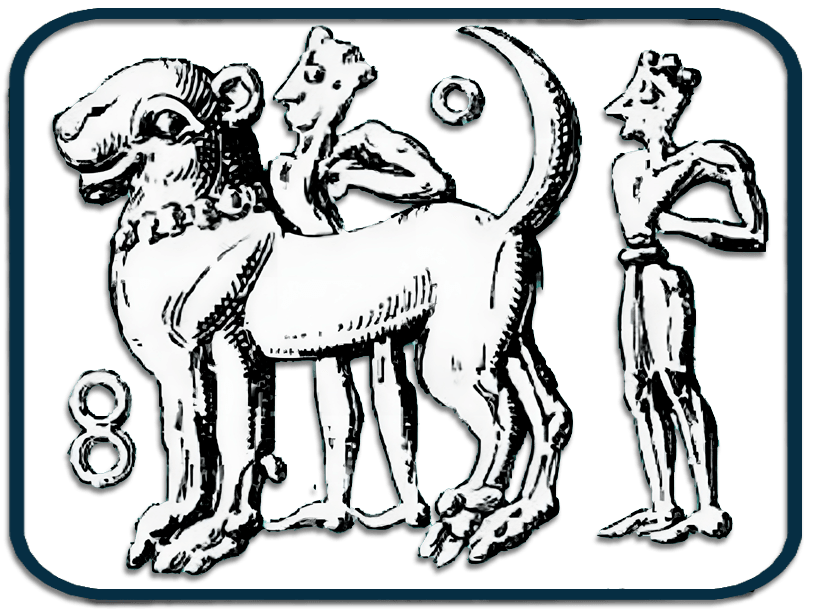
Minoan Cylinder SealMinoan Symbols for Star and Constellations?![]()
![]() The circle above the great dog could read "star" and the figure 8 symbol to the left, two stars combined, could read "star group" or constellation, in this case Great Dog, Canis Major, with the largest star in the sky, Sirius.
The figure 8 might therefore be a pictograph for constellation, logically so because the stars are infinite, and we might also use it as a clue to the solution of the Phaistos Disk maze puzzle.
The circle above the great dog could read "star" and the figure 8 symbol to the left, two stars combined, could read "star group" or constellation, in this case Great Dog, Canis Major, with the largest star in the sky, Sirius.
The figure 8 might therefore be a pictograph for constellation, logically so because the stars are infinite, and we might also use it as a clue to the solution of the Phaistos Disk maze puzzle. 
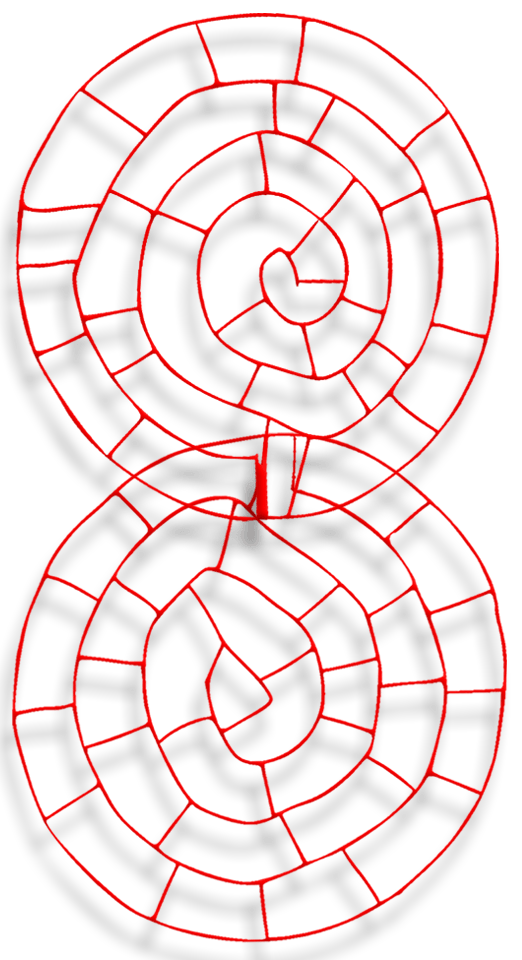 If it is a sign for constellation, this would make the maze puzzle solution even more a-mazing! The solution would be their symbol for constellation and a validation that many of the geometries contained by the Phaistos Disk are indeed constellations. It would mean the two sides of the Phaistos Disk, individually, represent "star," and connected together they represent "star group" or constellation. So, the Phaistos Disk would have been an attempt to preserve all the constellations the Minoans had identified, a subject and effort worthy of a pottery art masterpiece, I think :) (Phaistos Disk left, pictographs removed)PagemapBookmap
If it is a sign for constellation, this would make the maze puzzle solution even more a-mazing! The solution would be their symbol for constellation and a validation that many of the geometries contained by the Phaistos Disk are indeed constellations. It would mean the two sides of the Phaistos Disk, individually, represent "star," and connected together they represent "star group" or constellation. So, the Phaistos Disk would have been an attempt to preserve all the constellations the Minoans had identified, a subject and effort worthy of a pottery art masterpiece, I think :) (Phaistos Disk left, pictographs removed)PagemapBookmap![]()
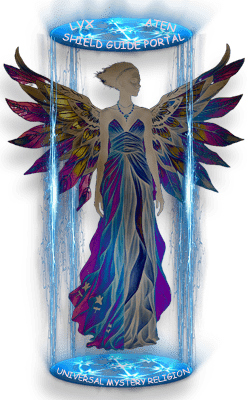 Copyright Notice - Disk of the World - Text and images copyrighted March 21, 1993-2025, Claire Grace Watson, B.A., M.S.T., U.S. Copyright and under the Digital Millennium Copyright Act of 1998, All rights reserved. No part of this web page may be reproduced or transmitted in any form or by any means without written permission from the author, except for the inclusion of brief quotations in a review.
Copyright Notice - Disk of the World - Text and images copyrighted March 21, 1993-2025, Claire Grace Watson, B.A., M.S.T., U.S. Copyright and under the Digital Millennium Copyright Act of 1998, All rights reserved. No part of this web page may be reproduced or transmitted in any form or by any means without written permission from the author, except for the inclusion of brief quotations in a review.